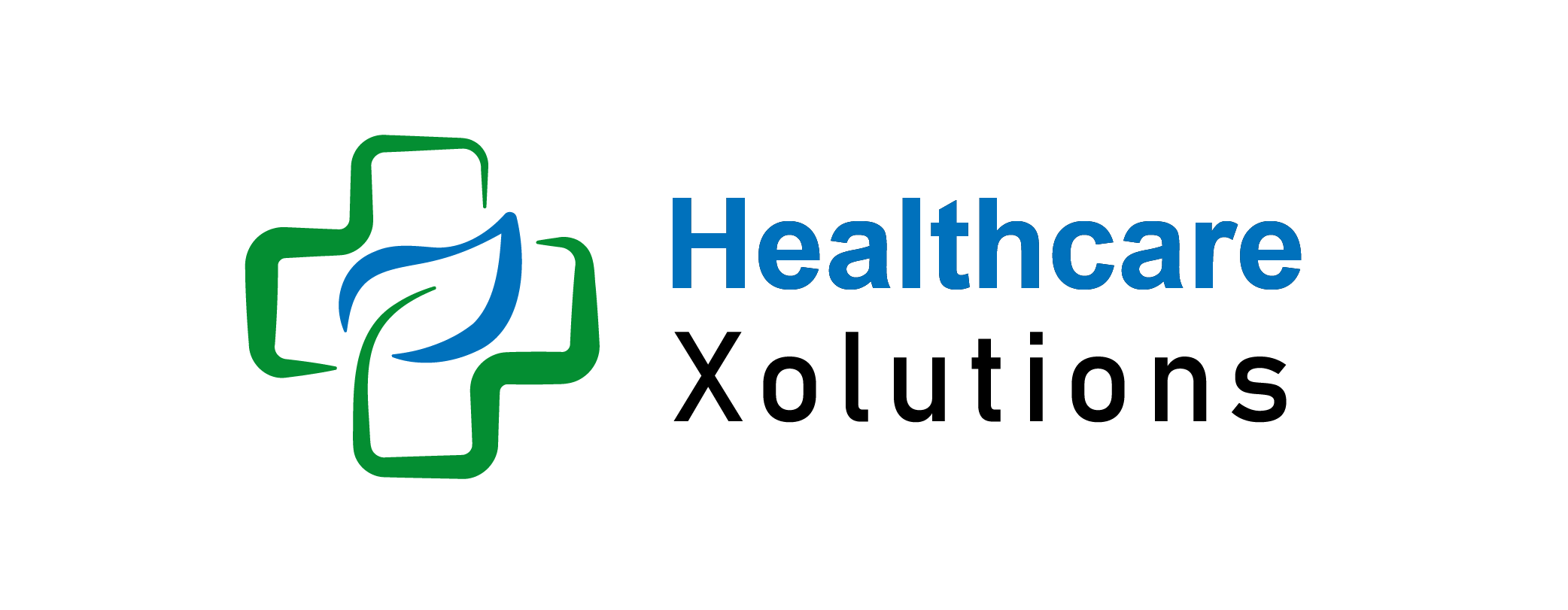Effective Strategies To Save On Health Insurance Costs | Complete Guide 2025

Health insurance is a crucial component of financial planning, yet the escalating costs have made affordability a pressing concern. In 2024, the average annual premiums reached $8,951 for single coverage and $25,572 for family coverage, marking increases of 6% and 7%, respectively, from the previous year. Looking ahead, projections indicate that medical cost trends will continue to rise, with an anticipated 8% increase for the group market and 7.5% for the individual market in 2025, highest in over a decade.
In this article, we will guide you about the effective strategies to save on health insurance costs.
Key Takeaways:
- Utilize Subsidies: Check for government assistance programs that can lower your premium costs.
- Compare Plans Annually: Review multiple options during open enrollment to find the best fit for your needs.
- Leverage Tax Benefits: Utilize Health Savings Accounts (HSAs) or Flexible Spending Accounts (FSAs) to save on medical expenses with pre-tax dollars.
- Maximize Preventive Care: Take advantage of free services like check-ups and screenings to avoid expensive treatments later.
- Stay Healthy: Maintaining a healthy lifestyle can lead to insurance discounts and fewer medical expenses.
Table of Contents
What Is Meant By Health insurance?
Health insurance is a type of insurance coverage that pays for medical, surgical, prescription drug, and sometimes dental expenses incurred by the insured. It provides financial protection by covering some or all costs of healthcare services, depending on the policy. Health insurance can be obtained through an employer, purchased individually, or provided by the government in the form of public health insurance programs.
10 Strategies To Save on Health Insurance Costs:
1. Shop Around for the Best Plan:
Take time to compare multiple health insurance plans during open enrollment periods. Consider factors like premiums, deductibles, co-pays, and out-of-pocket maximums. Use online comparison tools or work with an insurance broker to find a plan tailored to your needs.
If you’re relatively healthy and don’t anticipate significant medical expenses, consider a high-deductible health plan (HDHP) with lower premiums.
2. Leverage Employer-Sponsored Insurance:
If your employer offers health insurance, it’s often more affordable than purchasing a private plan. Many employers also subsidize a portion of the premium, making it a cost-effective option.
Check if your employer provides wellness incentives or health savings accounts (HSAs) to reduce costs further.
3. Choose a Health Savings Account (HSA) or Flexible Spending Account (FSA):
Both HSAs and FSAs allow you to set aside pre-tax money for qualified medical expenses. These accounts can significantly reduce your taxable income while helping you pay for deductibles, co-pays, and other out-of-pocket expenses.
4. Maximize Preventive Care Benefits:
Most health insurance plans cover preventive care services, such as annual check-ups, immunizations, and screenings, at no additional cost. Utilizing these services can help you avoid costly medical treatments down the line.
5. Consider a Family or Group Plan:
If you’re insuring multiple family members, look for family plans that offer discounts for adding dependents. Alternatively, group plans through professional associations or local organizations can sometimes offer better rates than individual plans.
6. Stay In-Network:
Using healthcare providers within your insurance network is a simple way to save. Out-of-network providers often come with significantly higher costs, even if your plan partially covers them. Before scheduling appointments, confirm whether your doctor or specialist is in-network.
7. Review Prescription Drug Coverage
Prescription drug costs can add up quickly. Choose a plan that offers robust prescription coverage and consider generic alternatives when available. Many insurance providers offer mail-order programs that deliver medications at reduced rates.
8. Take Advantage of Subsidies:
If you’re purchasing health insurance through a marketplace, check your eligibility for government subsidies or tax credits. These programs are designed to help low- to middle-income households afford premiums.
9. Maintain a Healthy Lifestyle:
One of the most effective long-term strategies for reducing health insurance costs is staying healthy. Insurance providers often offer discounts for non-smokers or individuals with healthy BMI ranges. Participating in wellness programs or fitness challenges may also earn premium discounts.
10. Periodically Review Your Coverage:
Your health needs may change over time, and so can the best plan for your circumstances. Regularly review your health insurance policy to ensure you’re not overpaying for unnecessary coverage or underinsured in key areas.
Conclusion – Strategies To Save on Health Insurance Costs:
Saving on health insurance costs requires proactive planning, research, and smart decision-making. By following these strategies, you can find affordable coverage that meets your healthcare needs and helps you stay financially secure. Remember, the key is balancing cost savings with adequate coverage to avoid unforeseen medical expenses.
FAQs:
How can I make health insurance cheaper?
To reduce health insurance costs, compare plans annually, utilize preventive care, maintain a healthy lifestyle, and explore eligibility for government subsidies.
How can I reduce the amount I pay for health insurance premiums?
Choose high-deductible health plans if they fit your needs, use employer-sponsored insurance, and save with HSAs or FSAs to reduce taxable income and premiums.
